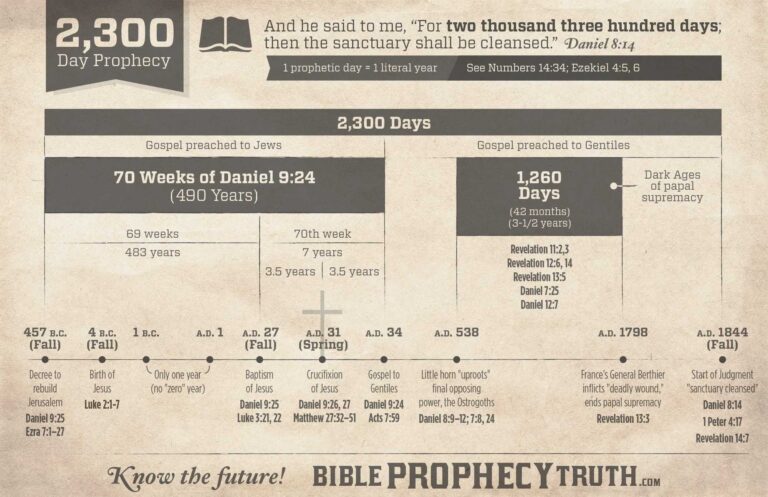Affordable living has become an increasingly urgent priority for many individuals and families in recent years. With rising housing prices and limited availability of land for new developments, finding cost-effective solutions for housing has never been more critical. One approach that has gained significant traction is the concept of land lease agreements. These agreements have emerged as innovative tools to support affordable living and provide unique opportunities for homeownership.
This blog will explore how land lease agreements contribute to affordability, their key benefits, and why they are becoming appealing alternatives for people seeking sustainable and cost-effective housing solutions.
What Are Land Lease Agreements?
Before understanding how land lease agreements promote affordable living, it’s essential to define what they are. A land lease agreement is a contractual arrangement in which individuals or businesses lease land for a specific period. Under this agreement, the lessee (the person leasing the land) owns the structure or property on the land but does not own the land itself. Instead, they pay regular rent to the landowner for the use of the land.
This model creates a separation between landownership and property ownership, making it a more versatile approach to developing and acquiring housing solutions.
Benefits of Land Lease Agreements for Affordable Living
Reduced Upfront Costs
One of the most significant barriers to homeownership is the substantial upfront cost, which includes the price of the land itself. With land lease agreements, buyers are freed from the cost of purchasing land outright. This lowers the initial financial commitment, allowing many individuals and families to step into homeownership with ease.
By excluding the land’s cost, the overall price of housing significantly decreases, making homeownership achievable for people on tighter budgets.
Increased Access to Homeownership
Traditional homeownership often requires hefty down payments, making it unattainable for many aspiring buyers. Land lease agreements eliminate the need to invest a large sum for land acquisition. This results in reduced financial strain, making housing more accessible for first-time buyers, young families, and retirees looking for affordable yet high-quality living arrangements.
This structure opens doors to individuals often priced out of traditional housing markets, enabling more people to achieve their dream of owning a property.
Smaller Mortgage Payments
For homeowners who finance their properties, excluding the land from the total purchase price has another added benefit: smaller mortgage payments. With only the house’s cost to finance, monthly payments become significantly more manageable. This financial relief allows homeowners to allot more of their income to other essential priorities, such as education, healthcare, or leisure activities.
For families or individuals who prioritize budget-conscious living, this structure becomes a clear and advantageous pathway to owning a home.
Potential for Customized Living Spaces
Land lease agreements often provide flexibility, allowing residents to design or choose homes tailored to their specific needs and lifestyle preferences. This level of customization means homeowners do not have to compromise on comfort or style to obtain affordability.
Whether it’s a modest residence or an energy-efficient home equipped with modern amenities, land leasing allows individuals to create spaces that reflect their values while maintaining financial balance.
Flexibility in Location Choices
Land lease agreements often allow lessees to access desirable, prime locations without breaking the bank. Whether nestled in a top-tier city or a quiet suburban community, this model removes the prohibitively high cost associated with high-demand areas.





+ There are no comments
Add yours